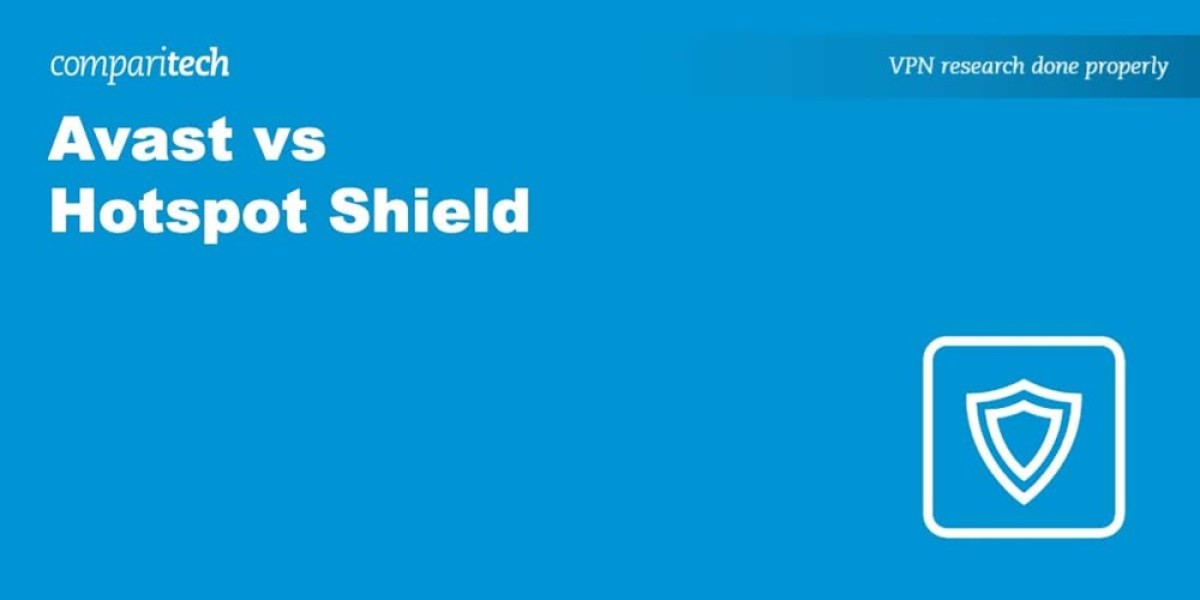The world of regenerative medicine has long sought substances that can coax the body into repairing itself with minimal intervention. Two peptides that have emerged as front-line candidates in this quest are KPV and BPC-157. Both are short chains of amino acids, yet they wield powerful influence over cellular signaling pathways, inflammation, tissue repair, and overall homeostasis. Their complementary mechanisms make them a compelling duo for anyone interested in optimizing health from the inside out.
What Are KPV and BPC-157?
KPV is a tripeptide composed of the amino acids lysine (K), proline (P), and valine (V). Despite its small size, it acts as an antagonist to the receptor known as CCR5. This blockade dampens inflammatory cascades that normally would otherwise recruit immune cells to sites of injury or infection. KPV is especially noted for its role in mucosal healing, where it protects the lining of the gastrointestinal tract and promotes rapid restoration after damage.
BPC-157, short for Body Protective Compound 157, is a peptide made up of 15 amino acids derived from a protein found in human gastric juice. It mimics a naturally occurring segment that helps stabilize blood vessels and supports cell migration. BPC-157 has been shown to accelerate healing of muscles, tendons, ligaments, nerves, and even the heart muscle. Its effects are mediated through growth factor modulation, angiogenesis (new blood vessel formation), and anti-oxidant pathways.
Inflammation Reduction
Chronic inflammation is a silent driver behind many modern ailments—from arthritis and inflammatory bowel disease to neurodegenerative disorders. Both KPV and BPC-157 intervene at different points in the inflammatory process, offering a synergistic approach to reduction.
KPV’s primary anti-inflammatory action stems from its inhibition of the CCR5 receptor. By blocking this pathway, KPV prevents the migration of pro-inflammatory leukocytes into damaged tissue. The result is a significant decrease in cytokine release (such as TNF-alpha and IL-6) and a shift toward an anti-inflammatory milieu. In experimental models, KPV has been shown to protect against colitis, reduce ulcer severity, and lower systemic inflammatory markers.
BPC-157 tackles inflammation through modulation of growth factors and the vascular system. It upregulates vascular endothelial growth factor (VEGF), promoting healthy angiogenesis that supplies oxygen and nutrients while also flushing out inflammatory mediators. Moreover, BPC-157 enhances the expression of transforming growth factor beta 1 (TGF-β1) in a controlled manner, silkrecord27.bravejournal.net encouraging tissue remodeling without excessive scarring. In animal studies, BPC-157 reduced joint swelling, decreased markers of oxidative stress, and accelerated recovery from tendon injuries.
Beyond these direct actions, both peptides help restore the integrity of cellular barriers. KPV strengthens tight junctions in epithelial layers, preventing the translocation of bacteria and endotoxins that can fuel inflammation. BPC-157 supports endothelial cells lining blood vessels, reducing permeability and thereby limiting edema.
The Combined Healing Potential
When used together, KPV and BPC-157 provide a multi-pronged assault on injury and disease:
- Barrier Protection – KPV tightens mucosal defenses while BPC-157 repairs vascular walls.
- Inflammatory Modulation – KPV blocks leukocyte recruitment; BPC-157 balances growth factor release to prevent over-reactive scarring.
- Angiogenesis and Oxygenation – BPC-157 stimulates new vessel growth, ensuring that tissues receive the nutrients needed for repair.
- Neuroprotection – Both peptides have shown neuroprotective effects in models of spinal cord injury, with KPV reducing secondary inflammation and BPC-157 supporting axonal regrowth.
While most evidence comes from preclinical studies, early human trials suggest promising outcomes:
- Patients with tendon or ligament injuries report faster functional recovery when treated with BPC-157.
- Individuals suffering from inflammatory bowel conditions have experienced reduced flare-ups following KPV administration.
- In sports medicine, athletes using the peptide duo report less downtime and fewer complications after acute injuries.
Both peptides are generally well tolerated. Common side effects reported in limited studies include mild injection site discomfort or transient nausea. No severe adverse events have been consistently documented, though long-term safety data remain sparse. As with any therapeutic compound, it is essential to consult a qualified healthcare provider before initiating treatment.
Future Directions
Research into KPV and BPC-157 continues to uncover new mechanisms. Current investigations are exploring:
- Their roles in modulating the gut microbiome and systemic immunity.
- Potential benefits for neurodegenerative diseases such as Parkinson’s and Alzheimer’s through anti-oxidant pathways.
- The synergistic effects of combining peptides with traditional pharmaceuticals or stem cell therapies.








